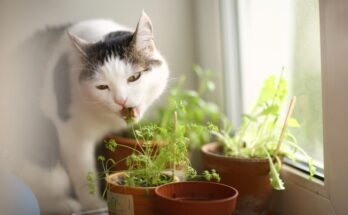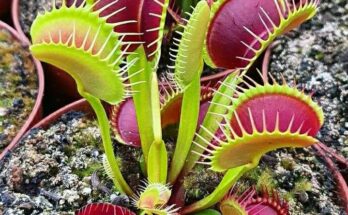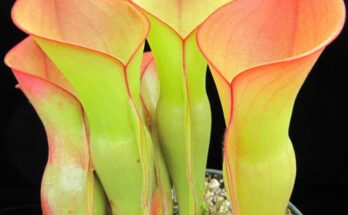
This herb is a powerhouse, bringing beauty, ease, and functionality to your space.
Whether you’re an experienced gardener or just getting started, adding anise hyssop to your garden is a choice you won’t regret.
| Scientific name | Agastache foeniculum |
| Common name | Anise hyssop |
| Plant type | Perennial herb |
| Height | 60-120 cm (2-4 feet) |
| Flower color | Purple, blue, occasionally white |
| Leaf shape | Ovate to lanceolate |
| Hardiness zones | USDA zones 4-9 |
| Sun requirements | Full Sun to partial shade |
| Soil preference | Well-drained, moderately rich soil |
| Native range | North America |
#1. Ornamental Appeal

The tall spikes of lavender-blue flowers make a bold statement in any garden, adding vertical interest and vibrant color.
These blooms sit above deep green, heart-shaped leaves that glimmer slightly in the sunlight, giving your garden an elegant and structured look.
#2. Easy to Grow
If you’re new to gardening, or just looking for a low-maintenance plant, anise hyssop is your new best friend.
This herb thrives in a variety of soil types and needs very little care once established.

Anise hyssop is also a perennial. Simply plant it once, and enjoy its beauty for years to come with minimal upkeep.
It’s hardy in USDA zones 4 to 9, making it accessible to gardeners in a wide range of climates.
#3. Drought Tolerant

Once established, anise hyssop can handle drought conditions, making it a perfect choice for water-wise gardens.
Because of its drought tolerance, this herb is also ideal for xeriscaping. You’ll spend less time watering and more time enjoying your garden’s vibrant blooms!
#4. Medicinal Benefits

Traditionally, anise hyssop has been used for centuries to treat a variety of ailments, from respiratory issues to digestive discomfort and even fevers.
Its leaves and flowers are rich in essential oils that provide a soothing, calming effect.
You can brew them into teas for a natural remedy to ease coughs, colds, or even to help you relax after a long day.
#5. Culinary Uses

The leaves have a mild licorice flavor, making them a wonderful addition to salads, teas, and even desserts.
If you enjoy experimenting with herbs in the kitchen, anise hyssop is perfect for you. Its edible flowers are also great for garnishing cocktails, cakes, or salads.
#6. Attracts Pollinators

The nectar-rich flowers are a magnet for these beneficial pollinators, helping to support your local ecosystem.
Bees, in particular, love Anise Hyssop, making it a fantastic addition to any bee-friendly garden.
#7. Long Blooming Season

While many plants fizzle out after a few weeks, anise hyssop keeps the show going from midsummer to early fall.
It continuously produces beautiful, nectar-rich flowers for months, ensuring your garden remains vibrant and full of life even as the seasons change.
#8. Deer and Rabbit Resistant
Deer and rabbits can be a major headache for gardeners, but Anise Hyssop has a secret weapon: its aromatic foliage.
The strong scent of the leaves is unappealing to these hungry critters, meaning your plant is much less likely to be nibbled down to the ground.



